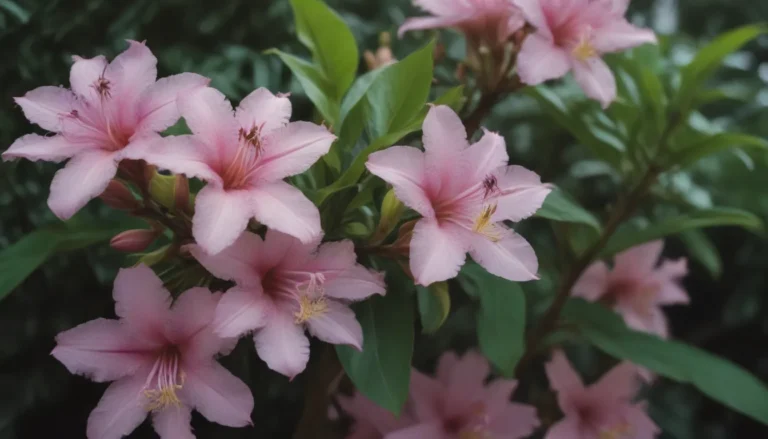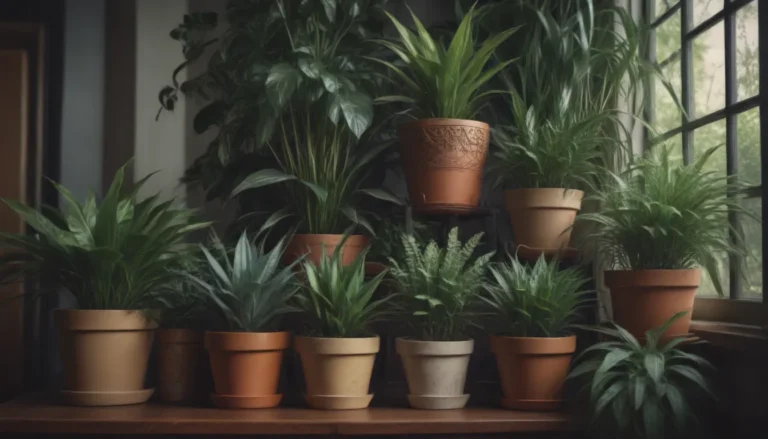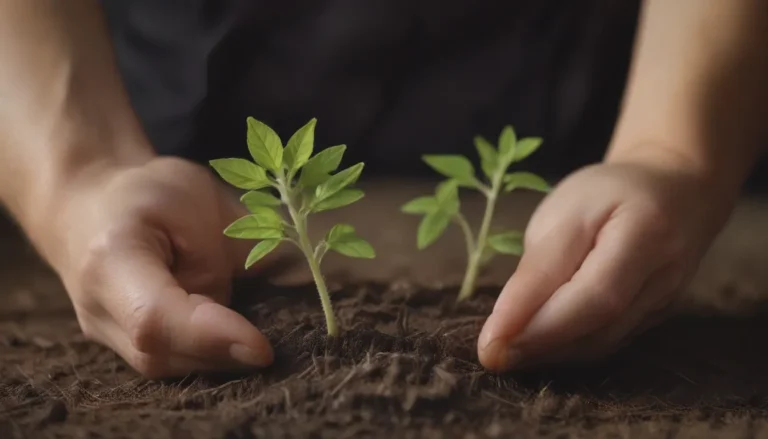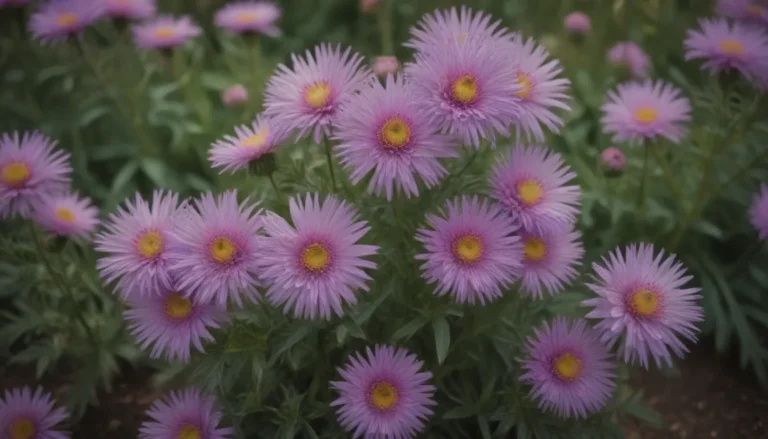Comprehensive Guide on Growing and Caring for Blood Flower
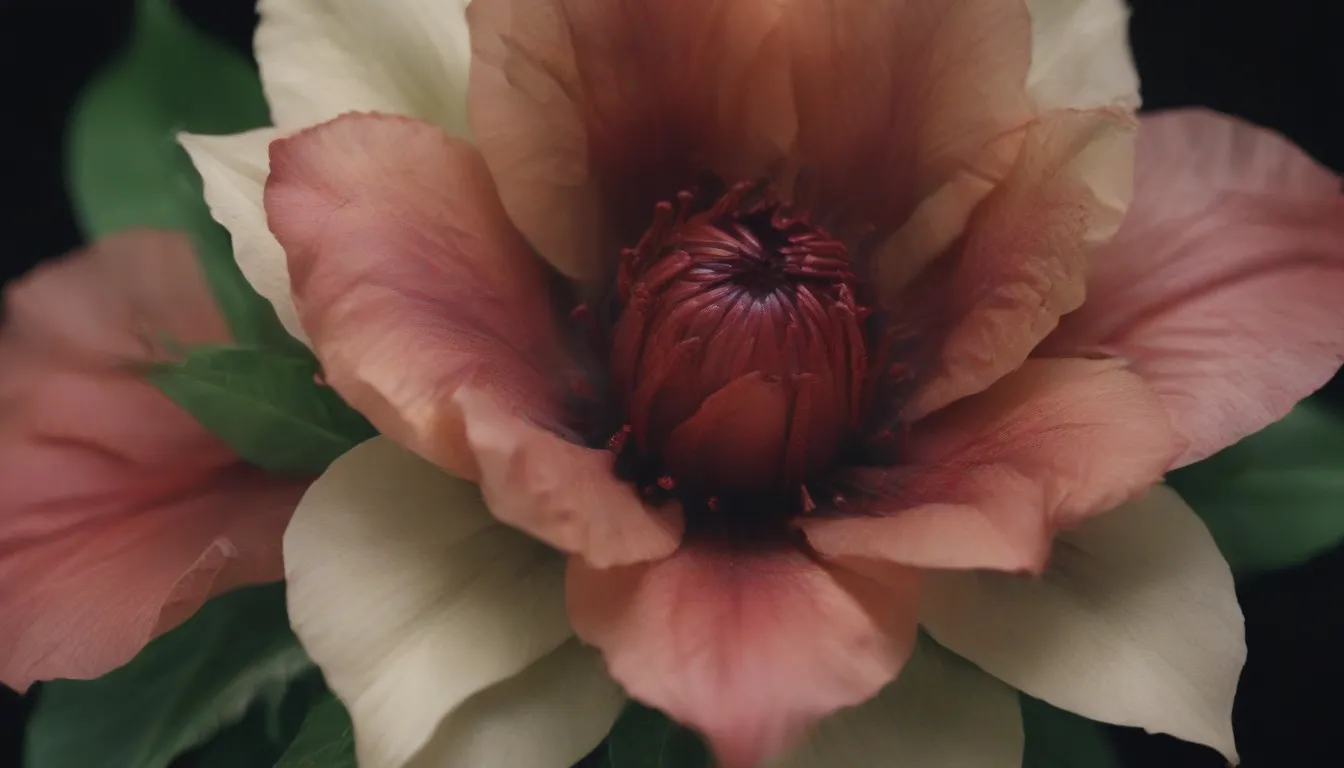
Blood flower, also known as tropical milkweed, Mexican butterfly weed, and scarlet milkweed, is a stunning species of milkweed that is sure to attract pollinators with its vibrant orange flowers blooming from summer through fall. While perennial in warmer climates, it is typically grown as an annual and thrives in full sun and nutrient-rich, well-draining soil. However, it’s important to note that blood flower can be harmful to monarch butterflies and may disrupt their migration patterns. In this comprehensive guide, we will explore everything you need to know to successfully grow and care for blood flower in your garden.
Blood Flower Care
Blood flower is a low-maintenance plant that is relatively easy to grow, provided you meet its basic care requirements. Here are some key care tips to ensure your blood flower thrives:
Light
- Blood flower thrives in full sun but can tolerate partial shade when grown outdoors.
- Choose a location in your garden that receives plenty of direct sunlight throughout the day.
- When moving potted plants indoors, make sure they are placed in a very sunny location to continue to thrive.
Soil
- Blood flower can grow in various soil types but prefers well-draining soil.
- Ensure the soil is not waterlogged, as blood flower does not like to have wet feet.
Water
- Blood flower is considered drought-tolerant but benefits from consistent moisture.
- Supplement regular rainfall with occasional watering if the plant starts to dry out significantly between rainfalls.
Temperature and Humidity
- Blood flower is typically treated as an annual in most areas but thrives as an evergreen perennial in tropical climates.
- It can tolerate both humid and dry environments but prefers humid climates for optimal growth.
Fertilizer
- Blood flower prefers nutrient-rich soil, but if grown as an annual, it may not need additional fertilization.
- If starting blood flower from seed, consider fertilizing the seedlings once they become established to give them a boost at the beginning of the growing season.
Types of Blood Flower
The pure species of blood flower features red-orange flowers with yellow hoods and grows up to 3 feet tall. There are also various cultivars of A. curassavica that have been developed to enhance flower color and create more manageable plants. Some popular cultivars include:
- A. curassavica ‘Silky Gold’
- A. curassavica ‘Silky Deep Red’
- A. curassavica ‘Red Butterfly’
- A. curassavica ‘Apollo Orange’
- A. curassavica ‘Apollo Yellow’
Pruning
To prevent blood flower from interfering with the migratory patterns of monarch butterflies, it’s recommended to cut back the plants at ground level in the fall to prevent them from going to seed. In areas with mild winters, cutting back the plants regularly can help prevent year-round flowering.
Propagating Blood Flower
While blood flower is easily propagated through stem cuttings, it’s not commonly done due to its ability to self-seed easily. However, if you’re growing a specific cultivar and want to ensure an exact duplicate of the parent plant, vegetative propagation through stem cuttings may be the best option.
How to Grow Blood Flower From Seed
For spring planting, start blood flower seeds indoors eight to 10 weeks before the last frost date. Whether using commercial seeds or seeds collected from mature seed pods, blood flower self-seeds readily, allowing for easy transplantation of seedlings to other garden areas.
Overwintering
In regions where blood flower is grown as a perennial, no special winter protection is required. However, in colder zones where it is treated as an annual, mature plants should be cut off or removed from the ground and discarded before they set seed.
Potting and Repotting Blood Flower
Blood flower grows well in containers and can be easily moved between indoor and outdoor locations with changes in the season. Pot blood flower in a large, deep container with well-draining potting mix when moving it indoors for the winter. Be sure to provide ample sunlight and water more frequently when grown in containers.
Common Pests
Pests are more likely to be problematic in warmer regions where blood flower thrives as a perennial. Aphids are a common pest that can infest blood flower plants, leading to issues such as sooty mold. To handle aphids, simply spray the plants with water to dislodge the insects, avoiding pesticides that may harm beneficial insects like butterflies and pollinators.
How to Get Blood Flower to Bloom
Blood flower plants typically bloom from late spring to early fall, offering clusters of bright orange flowers with a light, sweet smell. To encourage more blooms, start seeds indoors ahead of the last frost date and ensure the plants receive ample sunlight. After blooming, prune the plants to prevent self-seeding and spreading.
Conclusion
In conclusion, blood flower is a stunning addition to any garden, attracting pollinators with its vibrant blooms. By following the care tips outlined in this guide, you can successfully grow and care for blood flower in your garden while supporting native butterfly populations. Whether grown as an annual or perennial, blood flower adds color and beauty to any landscape, making it a must-have plant for any gardening enthusiast.
Remember to always research and follow best practices when growing blood flower to ensure the health and well-being of your plants and the surrounding ecosystem. With proper care and attention, your blood flower plants will thrive and provide endless beauty in your garden for years to come. Happy gardening!
